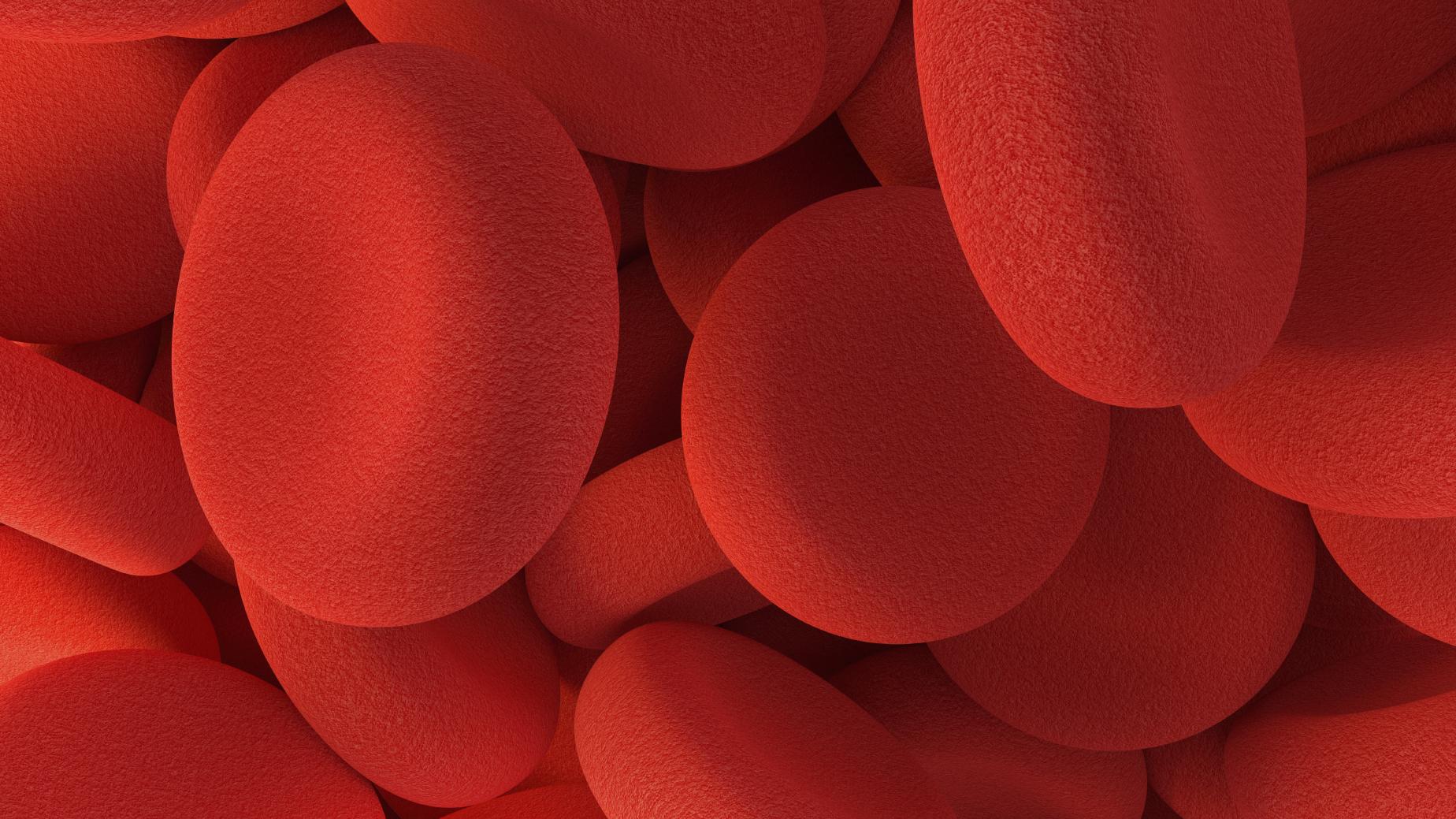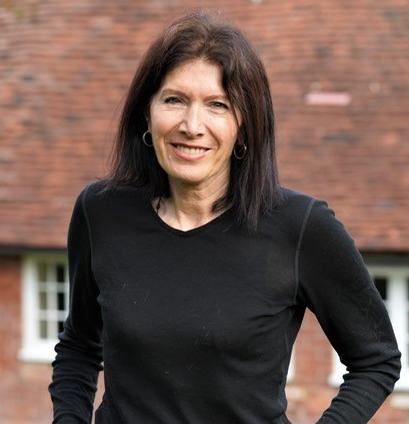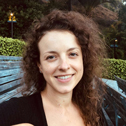World Thrombosis Day at 10, talking blood clots and cancer

As the World Thrombosis Day campaign looks towards celebrating its 10th anniversary on 13th October, it has been announced ahead of time that this will include a new ‘Move Against Thrombosis’ theme and a redesigned website for providing a resource hub on blood clots.
World Thrombosis Day is a global awareness campaign, led by the International Society on Thrombosis and Haemostasis (ISTH), and its cause is a pertinent one: approximately one in four people worldwide die from conditions related to thrombosis (otherwise known as blood clots) each year. The condition is an urgent and increasing health problem.
The ISTH itself was founded back in 1969 and is dedicated to advancing the understanding, prevention, diagnosis, and treatment of conditions related to thrombosis and haemostasis. An international professional membership, it includes over 7,000 clinicians, researchers, and educators, all working together to improve the lives of patients in more than 124 countries around the world.
A healthy lifestyle, movement, and education
The World Thrombosis Day campaign will run through 2023 into 2025 and encourage people to get up and move about in order to increase blood circulation, as physical activity can help lower the risk of blood clots. Conversely, reduced mobility can lead to increased risk of blood clotting and is a significant driver in morbidity and mortality.
While the new World Thrombosis Day website will provide a more streamlined resource hub for patients, survivors, and their families, as well as healthcare professionals and the general public, it will also offer an increased suite of educational resources in multiple languages to support the campaign’s global community of partners.
Commenting on the 10th anniversary campaign reveal of World Thrombosis Day, Dr Lana Castellucci, chair of its Steering Committee, said: “Since the inaugural World Thrombosis Day launched in 2014, the campaign has worked tirelessly to move the needle and improve blood clot awareness, education, prevention, and treatment […] It is exciting to see its impact, but we have more work to do.”
Castellucci added: “By revitalising the campaign website and incorporating a new campaign theme that promotes movement and a healthy lifestyle, we hope to further increase awareness about blood clots and help save lives.”
Cancer patients, blood clots, and awareness
This was precisely what Professor Beverley Hunt OBE’s purpose was in speaking with pharmaphorum at the end of 2022: raising awareness about a less well-known cause of venous thromboembolism (VTE), which comes from reduction in movement in those diagnosed with and being treated for cancer. Professor Hunt has been part of World Thrombosis Day’s Steering Committee since its formation in 2014. She is also Professor of Thrombosis & Haemostasis at King's Health care partners, based at St Thomas' Hospital.
Blood clots can form in or travel to the blood vessels throughout the body – whether in the arms and legs, the lungs, brain or heart, or other organs. The main signs and symptoms of a blood clot in the leg – or deep vein thrombosis (DVT) – include pain or tenderness in the calf, swelling of the ankle or foot, redness or noticeable discolouration, and/or warmth. In the lungs – a pulmonary embolism (PE – signs and symptoms include unexplained shortness of breath, rapid breathing, chest pain, rapid heart rate, and/or light-headedness or passing out.
Most cancer patients are unaware that they’re at higher risk than normal for blood clots and often receive little information from their doctor, according to a study carried out by World Thrombosis Day, of which Professor Hunt was the lead author. A survey of 749 cancer patients from 27 countries, the study was ethnically, culturally, and geographically diverse. It found that two out of three patients were not aware of their elevated risk for cancer-associated venous thromboembolism (CAT). And among the cancer patients who said they had received information about CAT, 26% of them said they learned about their risk only after they were diagnosed with a blood clot.
What the data underscored was the need to create connections among oncology and thrombosis specialists, as well as patients and their caregivers, so as to ensure pathways to education, awareness, communication, and treatment – including routine assessments of CAT risk, standardised algorithms for preventative, diagnostic, and therapeutic management of CAT, and also psychological support.
Increased risks and educating oncologists
There is an estimated 12 to 23-fold increased risk of blood clots in comparison to those without cancer and it is a second major cause of death in cancer patients, with 10% of cancer patients in their cancer journey predisposed to having a VTE. Cancer, after all, makes the blood stickier. Yet, there are certain factors prior to that cancer journey that can increase a patient’s risk.
“Blood just gets stickier as you get older,” Professor Hunt began. Genetic factors also play a part, she said, and women are at increased risk also. “Then, the cancer risk takes them up a bit higher. Then, if they have surgery on top or some form of therapy, it makes it worse. [But] it is really the risk factors before we started.”
“Some cancers are more common in older people,” she added. “That’s a big risk factor. Then, we have the leukaemias, which can often affect young people and they still have high rates of clots: it’s the cancer cells which are the problem.”
“It doesn’t get the priority it necessarily deserves,” Professor Hunt continued. “[Although,] we know that some of the cancer associations are asking oncologists to give more information […] We would like in the future that patients were reminded about the signs and symptoms of having thrombosis, which can be as little as unexplained pain in the leg, swelling, change of colour, and also the signs and symptoms of pulmonary embolism, which would be fresh chest symptoms, some symptoms such as chest pain or shortness of breath.”
Such awareness, we discussed, can be raised simply by providing the necessary information in leaflets, as well as recognition by oncologists that they must look at the ‘smaller’ picture of VTE in addition to the larger eradication of cancer goal.
Virchow’s triad, a balanced diet, and avoiding excess weight
That ‘smaller’ picture has been in the sights of the Thrombosis UK charity since 2002, of which Professor Hunt is medical director. A mid-sized charity, it is in conjunction with the ISTH that awareness has been taken out to global coverage since, improving health education and health educators’ understanding of thrombosis more broadly in the process.
“World Thrombosis Day occurs every year on 13th October,” Professor Hunt said. “That’s the birthday of [Rudolf] Virchow. He is the person who described the risk factors of thrombosis. He was an 18th-century physiologist and he said there are three things, three changes in flows [hypercoagulability, haemodynamic changes (stasis, turbulence), and endothelial injury/dysfunction].”
“We celebrate him by having it on that day,” she continued. “I think it’s been a phenomenal journey. We hope we are making a reasonable impression. I think an important aspect of what we do is to do these surveys so that we can show [and] feedback to healthcare providers and say, ‘Look, you're not doing well enough here. Can we do a bit more work?’”.
“As far as DVT and pulmonary embolism,” she added, “one in a thousand adults is going to have one every year. That's very common. If they know the signs and symptoms, then they would present it. It makes life a lot easier.”
“Also, tell everyone that if you get overweight, if you do these things, you are increasing your risks,” she said. “The government's advice about eating the lovely mixed diet, keeping your weight down, and not smoking: they're all really good pieces of advice.”
Seeking an equitable standard of care for VTE
However, what Professor Hunt also mentioned was that, when she started Thrombosis UK in 2002, they became very aware that there was postcode prescribing of the drugs used to prevent clots in hospitals – an environment which itself often exacerbates existing blood clot risks.
“Hospital admission, what do we do?” she asked rhetorically. “We're taking sick people, we're operating on them, we're immobilising them. Then, after the operation, their blood gets sticky, so it's the major cause of having clots.”
So it was that Thrombosis UK campaigned, and in 2010, the Department of Health introduced mandated risk assessment on admission, which means that when someone enters an NHS hospital in England as an adult they are automatically assessed for their risk of having VTE. If high, they receive appropriate methods to reduce that risk.
“At the moment, some [are] working with the WHO in the hopes that they will campaign in the same way to set every hospital [up] in the world [similarly]. It needs to become a standard of care globally. [Worldwide,] there were 10 million cases, we estimate, of hospital-associated VTE, and we could reduce that dramatically by giving appropriate prevention if they were risk assessed,” Professor Hunt concluded.
About the interviewee

Professor Beverley Hunt OBE is Professor of Thrombosis and Haemostasis at King's College London and is a Consultant at Guy's and St. Thomas' Hospitals, working in a thrombosis service she set up. She is also Clinical Lead in the Haematology laboratories pathology. Professor Hunt is the chair of the World Thrombosis Day Steering Committee. She is a national and international expert in thrombosis and acquired bleeding disorders and has extensive clinical experience in thrombotic and acquired bleeding disorders. She also runs an active research group with over 340 peer-reviewed publications to her name.
Professor Hunt sat on the English National Venous Thromboembolism (VTE) Prevention Clinical Advisory Group & all the previous NICE Guidelines Development groups for the management and prevention of VTE and the NICE VTE standards development committees.
In 2009, Professor Hunt won the NHS London innovation award for laboratory assays. She is the co-founder and medical director of Thrombosis UK, which was named "Health Charity of the Year 2010" and "Patient Group of 2010" for campaigning for mandated prevention of hospital-acquired blood clots in England and is now a medium sized charity, pushing on with increasing awareness, improving care and research in VTE.











